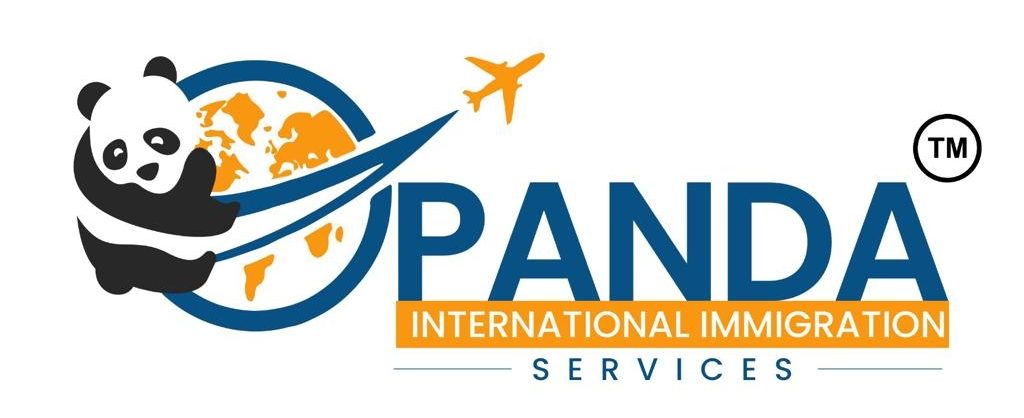Nine months since Canada first announced a cap on international study permits, immigration minister Marc Miller shocked the sector by revealing further restrictions on international students in September 2024.
In short, the changes will see a further 10% reduction on numbers for next year, which will now include master’s and doctoral students, more stringent PGWP language requirements, changes to PGWP eligibility (yet to be clarified) and limits on spousal visas.
The policy changes have plunged the Canadian sector into confusion – with stakeholders waiting for greater clarity from the IRCC on November 1 – and are having repercussions for international markets.
Canadian Universities with partnerships in Latin America – namely Mexico and Brazil, as well as the emerging market of Colombia – had been adapting their strategies away from student mobility towards collaborative research.
“Part of the expectation from Canada was to shift from recruitment to refocus on research partnerships and faculty exchange,” David Julien, executive director of the Inter-American Organisation for Higher Education, told The PIE News.
Earlier this year, the Canadian government provided funding to support a bilateral research collaboration between Canada and Brazil, with delegates from both countries convening in Sao Paulo for a “matchmaking event”.
However, the fact that post-graduate students are now included in the cap “has somewhat poured cold water” on the initiative, said Julien.
Similarly, the Alberta Bureau for International Education – launched in 2022 – was expecting to host university presidents from Mexico this year as part of newly established bilateral agreements that are likely to be “jeopardised” by the new restrictions, according to Julien.
“There is a certain feeling that things are shifting and that trends will need to be adjusted, at least in the particular case of Mexico, because of the proximity and length of relationship that they already had,” he added.
However, some industry leaders view the changes as an opportunity to “recalibrate” and to enhance the long-term sustainability of the Canadian sector and its partners.
While Ontario and British Columbia have been badly hit by the restrictions, the caps are not being felt evenly, and the changes could increase student flows into provinces such as Alberta and Novia Scotia where it is believed there is more room to manoeuvre.
Notably, after the recruitment knock dealt by the initial cap announcement in January, most institutions have not been reaching their 2024 PAL allocations.
Some universities are estimated to be underperforming by 30-50% meaning that the additional 10% reduction will not be widely felt.
There’s a storm, you can’t deny that things are shifting, but there’s also so many things up in the air
David Julien, OUI-IOHE
Demand from Latin America to study in Canada has shot up over the past decade, largely driven by an rise in Mexican students, which saw a more than 200% increase from 2012 to 2022.
Nearly 17,000 Mexican students held Canadian study permits in 2023, with three additional visa application centres opening in Mexico this year.
According to the most recently available data, the US remains the top host country for Mexican students, though interest in Canada grew during Donald Trump’s presidency in 2017.
“Our immigration system exploded the day Trump was elected because while the US was suffering with social tension, racism, guns and other things, everyone saw Canada as offering an equivalent quality of higher education in a more socially positive environment,” said Julien.
He also cited the geographical proximity of Canada making it a “natural fit” for students from Latin America, who are drawn by the relative affordability of Canada compared to the US, with students citing price as the most important factor shaping their mobility in a 2024 survey.
Other popular destinations outside of the Americas include Spain, Portugal and Italy, largely due to their linguistic affinities, though they are further away and more expensive for students to travel to.
Despite the rapid growth in demand, proportionally Latin American students are still in the minority in Canada, making up just 7% of its international student population in 2022. Stakeholders say that this could benefit them if future Canadian policies target certain study destinations.
“There is some hope that if they start segmenting the caps by region, because there’s not an overflow of Latin American students in comparison to the other big markets of India and China, perception-wise, there’s a favourable perspective on that,” said Julien.
“Even before the caps, strategies of the big market countries such as India and China have been shifting over the last two or three years, and Canadian schools have been adjusting their strategies to diversify their student base,” he added.
Partner institutions in Canada and Latin America have also pointed to the collaborative opportunities presented by internationalisation at home programs and virtual partnerships made easier for countries with similar time zones.
The post “A shift rather than a stop”: LatAm adapts to further Canada caps appeared first on The PIE News.

